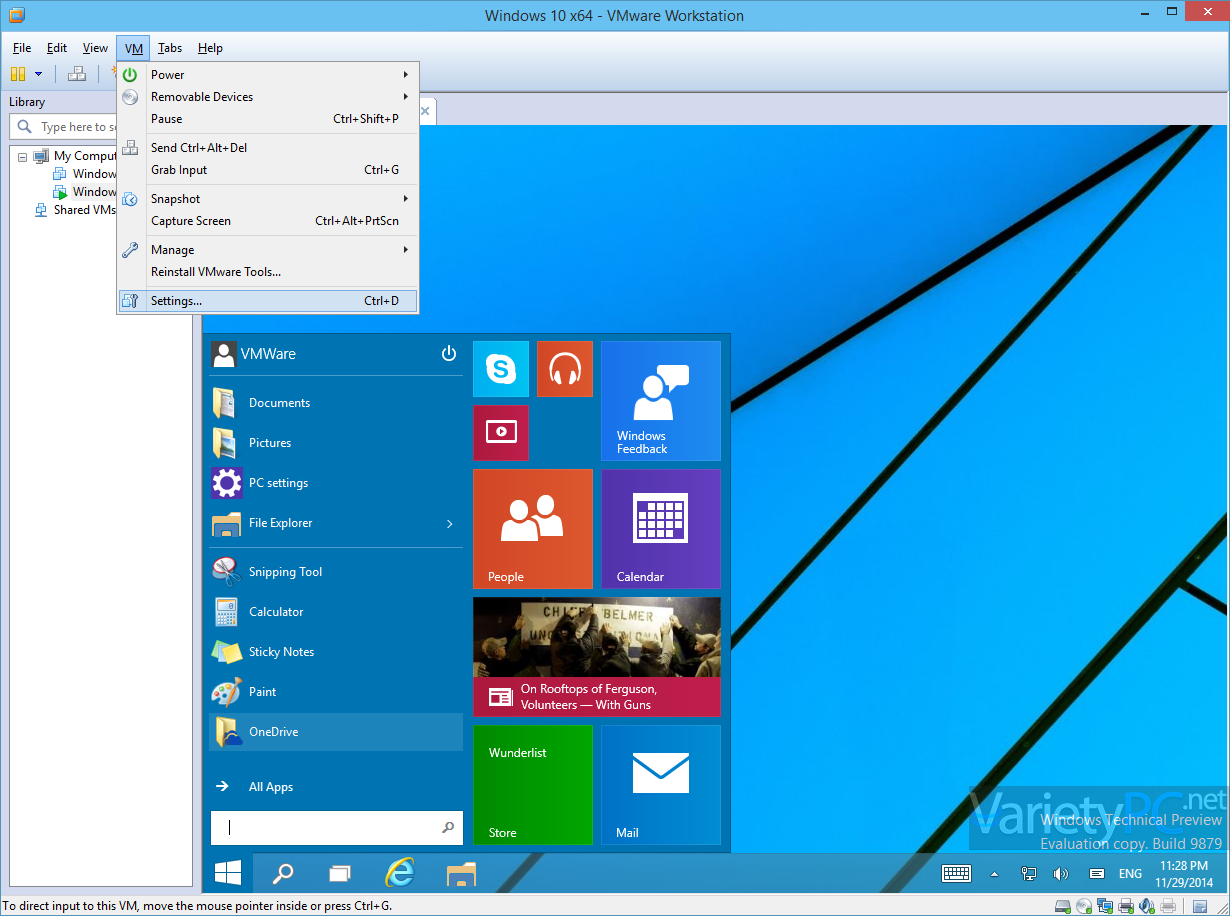
You can also automount the share in your fstab as follows. If it’s not already populated, then you will need to mount the shared folder using the following syntax (The folder name is whatever you call it and is the italicized “ShareFolderName” in the following examples) That folder should have already been created and if your shared folders is working, you should already see that folder populated with the shared folder. Boot up your Guest, your open vm tools should be installed.Configure the shared folder path for the Host.Make sure the Guest settings “shared folders” is enabled.The procedure shouldn’t be any different using open vm tools from what I’ve read…

You can turn off folder sharing for a specific virtual machine.Although I use the closed source from VMware, Turn Off Folder Sharing for a Virtual Machine.You can change the folders that a specific virtual machine is allowed to share. Change the Folders That a Virtual Machine Can Share.Mounting Shared Folders in a Linux GuestĪfter you enable a shared folder, you can mount one or more directories or subdirectories in the shared folder to any location in the file system in addition to the default location of /mnt/hgfs.Īfter you create a shared folder, you can change the folder name, the host path, and other attributes.In a Windows guest operating system, you can view shared folders by using desktop icons. If a shared folder is not created by the user who powers on the virtual machine, it is deactivated by default. Enable Shared Folders for Virtual Machines Created By Other Users.To set up a folder for sharing between virtual machines, you must configure each virtual machine to use the same directory on the host system or network share.

You can enable folder sharing for a specific virtual machine.

For example, do not open the same file in an application on the host operating system and in another application in the guest operating system. Important: You cannot open a file in a shared folder from more than one application at a time.


 0 kommentar(er)
0 kommentar(er)
